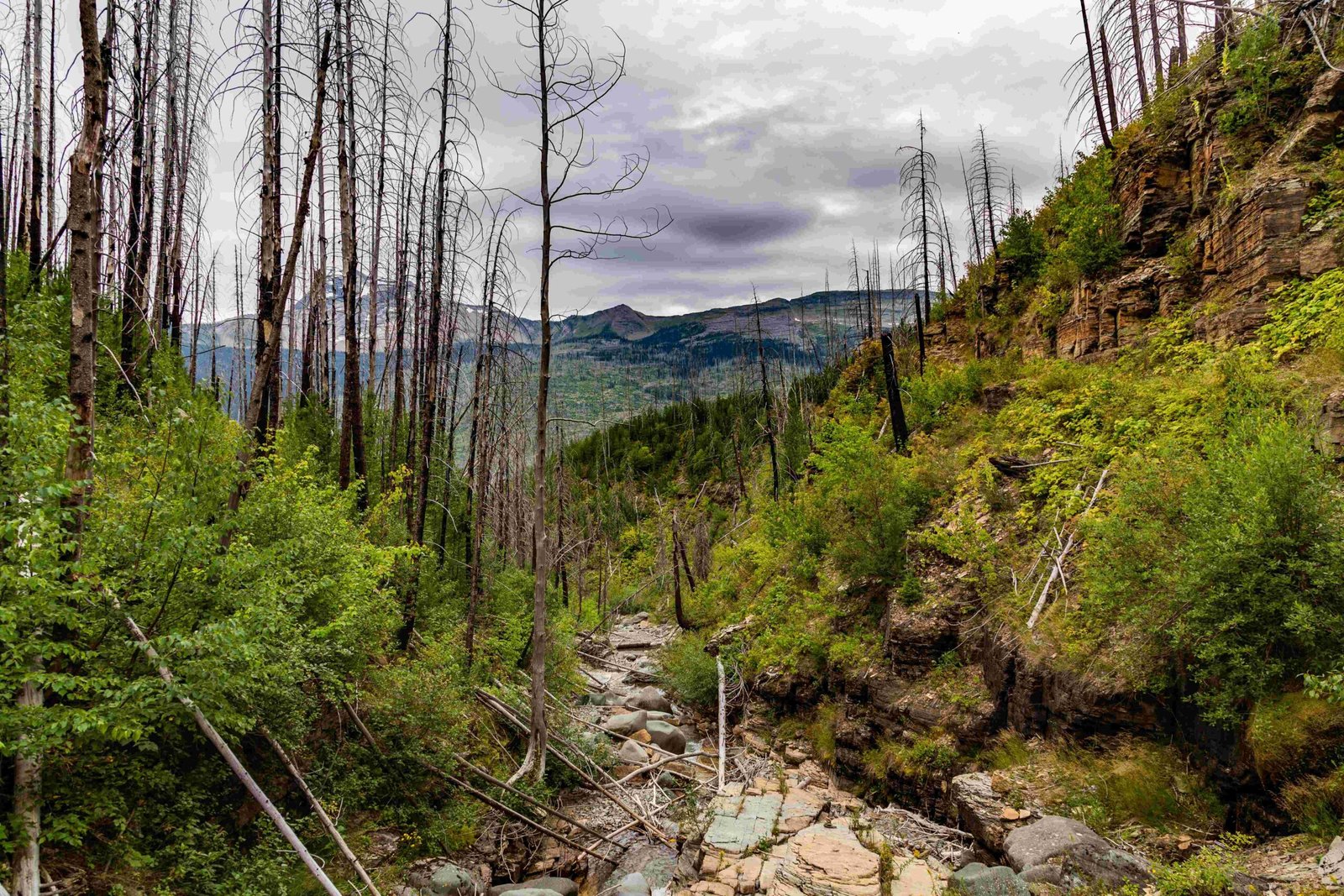Glacier National Park offers some of the most breathtaking star gazing opportunities in North America. With its pristine dark skies, high elevations, and minimal light pollution, the park provides an unparalleled celestial experience. From the iconic Logan Pass to the remote Goat Haunt, visitors can witness the Milky Way in all its glory, spot constellations, and even catch glimpses of the Northern Lights. This guide will explore the best locations, events, and tips for star gazing in Glacier National Park.
Where Are the Best Spots for Star Gazing in Glacier National Park?

Glacier National Park boasts several prime locations for star gazing, each offering unique advantages:
- Logan Pass
- Elevation: 6,646 feet (2025 m)
- Accessibility: Via Going-to-the-Sun Road
- Coordinates: 48.6942° N, 113.7183° W
-
Features: Minimal light pollution, panoramic views
-
St. Mary and the Dusty Star Observatory
- Elevation: Varies, observatory at significant elevation
- Accessibility: East entrance of the park
- Coordinates: 48.7406° N, 113.4314° W
-
Features: 20-inch telescope, guided viewing sessions
-
Lake McDonald
- Elevation: 3,150 feet (960 m)
- Accessibility: Via Going-to-the-Sun Road
- Coordinates: 48.6167° N, 113.8833° W
-
Features: Serene lakefront setting, dark skies
-
Bowman and Kintla Lakes
- Elevation: Around 4,000 feet (1,219 m)
- Accessibility: Rough gravel roads, 4WD recommended
- Coordinates: Bowman Lake – 48.8667° N, 114.1833° W; Kintla Lake – 48.9333° N, 114.2833° W
-
Features: Extremely dark skies, remote location
-
Goat Haunt
- Elevation: 3,500 feet (1,067 m)
- Accessibility: Backpacking or boat from Waterton Lakes National Park
- Coordinates: 48.8667° N, 113.7833° W
- Features: Pristine dark skies, wilderness experience
When Are the Best Times for Star Gazing in Glacier National Park?

The best times for star gazing in Glacier National Park are:
- Summer months (June to September): Warmer temperatures and clearer skies
- New moon phases: Darker skies for better visibility
- Late night to early morning hours: Darkest skies, typically after midnight
| Season | Pros | Cons |
|---|---|---|
| Summer | Warm temperatures, clear skies | Busier park, shorter nights |
| Fall | Less crowded, longer nights | Colder temperatures, potential snow |
| Winter | Longest nights, potential Northern Lights | Very cold, limited access to some areas |
| Spring | Fewer visitors, increasing temperatures | Unpredictable weather, some road closures |
What Events Are Available for Star Gazers in Glacier National Park?
Glacier National Park offers several star gazing events throughout the year:
- Half the Park Happens After Dark Program
- When: June through September on clear nights
- Where: Rotating locations within the park
- Cost: Free
-
Features: Ranger-led programs, telescope viewing
-
Dusty Star Observatory Events
- When: Various dates, especially in summer
- Where: Dusty Star Observatory at the east entrance
- Cost: Check for specific event details
- Features: 20-inch telescope, guided viewing sessions
What Equipment Should I Bring for Star Gazing in Glacier National Park?
Essential equipment for star gazing in Glacier National Park includes:
- Telescope (60-80 mm refractor or reflector for personal use)
- Binoculars (7×50 or 10×50 recommended)
- Red light flashlight
- Star charts or astronomy apps
- Warm clothing (even in summer)
- Camping chair or blanket
- Camera and tripod for astrophotography
How Can I Photograph the Night Sky in Glacier National Park?
To capture stunning night sky photos in Glacier National Park:
- Use a wide-angle lens (10-24 mm)
- Set your camera to manual mode
- Use a low ISO (800-1600)
- Set a wide aperture (f/2.8-f/4)
- Use a long exposure time (20-30 seconds)
- Shoot in RAW format
- Use a sturdy tripod and remote shutter release
Best locations for astrophotography include Logan Pass, Lake McDonald, and Bowman and Kintla Lakes.
What Are the Park’s Rules for Star Gazing?
When star gazing in Glacier National Park, follow these guidelines:
- Respect quiet hours and other visitors
- Use red light flashlights to preserve night vision
- Stay on designated trails and viewing areas
- Pack out all trash
- Obtain necessary permits for overnight stays
- Follow all park regulations and wildlife safety guidelines
How Can I Prepare for Star Gazing in Glacier National Park?
To make the most of your star gazing experience:
- Check the weather forecast and moon phase
- Familiarize yourself with constellations and celestial objects
- Download star gazing apps like Stellarium or Sky Map
- Arrive at your chosen location before sunset to set up
- Allow 20-30 minutes for your eyes to adjust to the darkness
- Bring snacks, water, and extra layers for comfort
What Celestial Objects Can I See in Glacier National Park?
Depending on the time of year and conditions, you may observe:
- The Milky Way galaxy
- Constellations like Ursa Major, Cassiopeia, and Orion
- Planets such as Jupiter, Saturn, and Mars
- Meteor showers (e.g., Perseids in August)
- The Northern Lights (Aurora Borealis) on rare occasions
Star gazing in Glacier National Park offers a unique opportunity to connect with nature and the cosmos. By following this guide, you’ll be well-prepared to experience the park’s celestial wonders and create lasting memories under its pristine dark skies.
References:
1. https://www.nps.gov/glac/planyourvisit/placestogo.htm
2. https://blog.glaciermt.com/dark-skies-stargazing-in-glacier-country/
3. https://glaciermt.com/stargazing